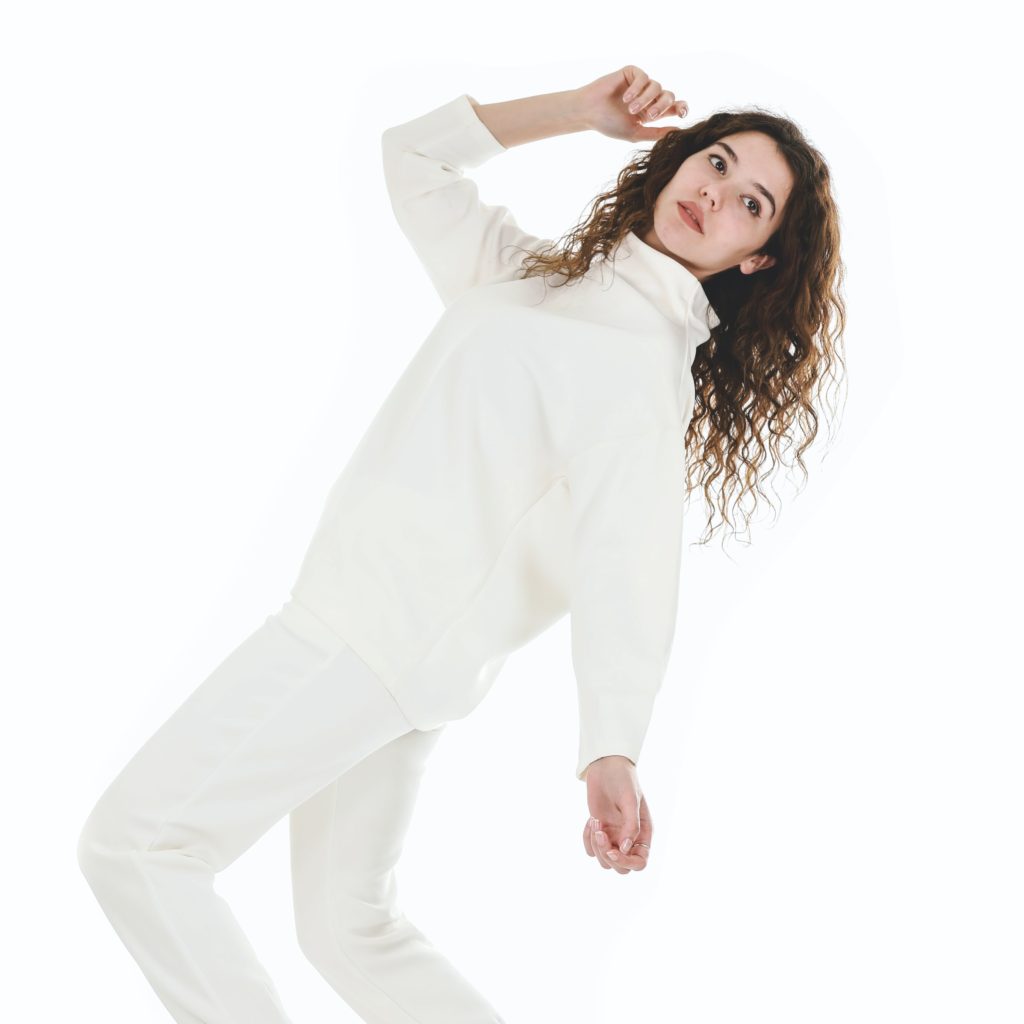Not wearing white after Labor Day is possibly the most well-known fashion adage besides avoiding socks with sandals, but why? Where did this rule come from and should you break it or not?
The Origins Of The Rule

There are a few possible origins of this rule.
In the late 1800s, fashion was a battleground between old money and new money.
Avoiding white after Labor Day was an arbitrary decision made to visibly separate the insider, old-money elites and those nouveau riche not in-the-know. It meant status and acceptance. And that’s not including the irony of this change happening on a day meant to celebrate the working class.
Wearing white before Labor Day was a statement in and of itself. Breezy white linen was a favorite of those who could afford to vacation in the summer. Getting their pristine white clothes dirty in the beaches and countryside was of little worry since they could afford to get it cleaned.
But why was it accepted by the mainstream for decades?
Like a lot of fashion rules and trends they tend to trickle down from the haute couture designers, newsmaking runway shows, and inner circles to the aspiring mainstream. It’s natural to wear white to beat the heat in the summer too. Not only that, but when Labor Day comes around Summer turns into Fall and it’s time to break out the heavy wool coats (which tend to come in dark blues, browns, and blacks).
So was it a matter of elitism and luxury or seasonal necessity? Probably a mix of both.
Why You Should Break The Rule
Besides being a weak rule at best, it’s outdated.
We’re no longer bound by singular seasonal styles and materials. We’re bold fashionistas who bend the rules of fashion to our will.
There are breathable linens in all colors. There are white clothes in all styles. And most people can handle a little stain when it arises.
It’s simple: If you want to wear white after Labor Day, just do it. No one is really going to stop you. And those that try need to get with the times!



